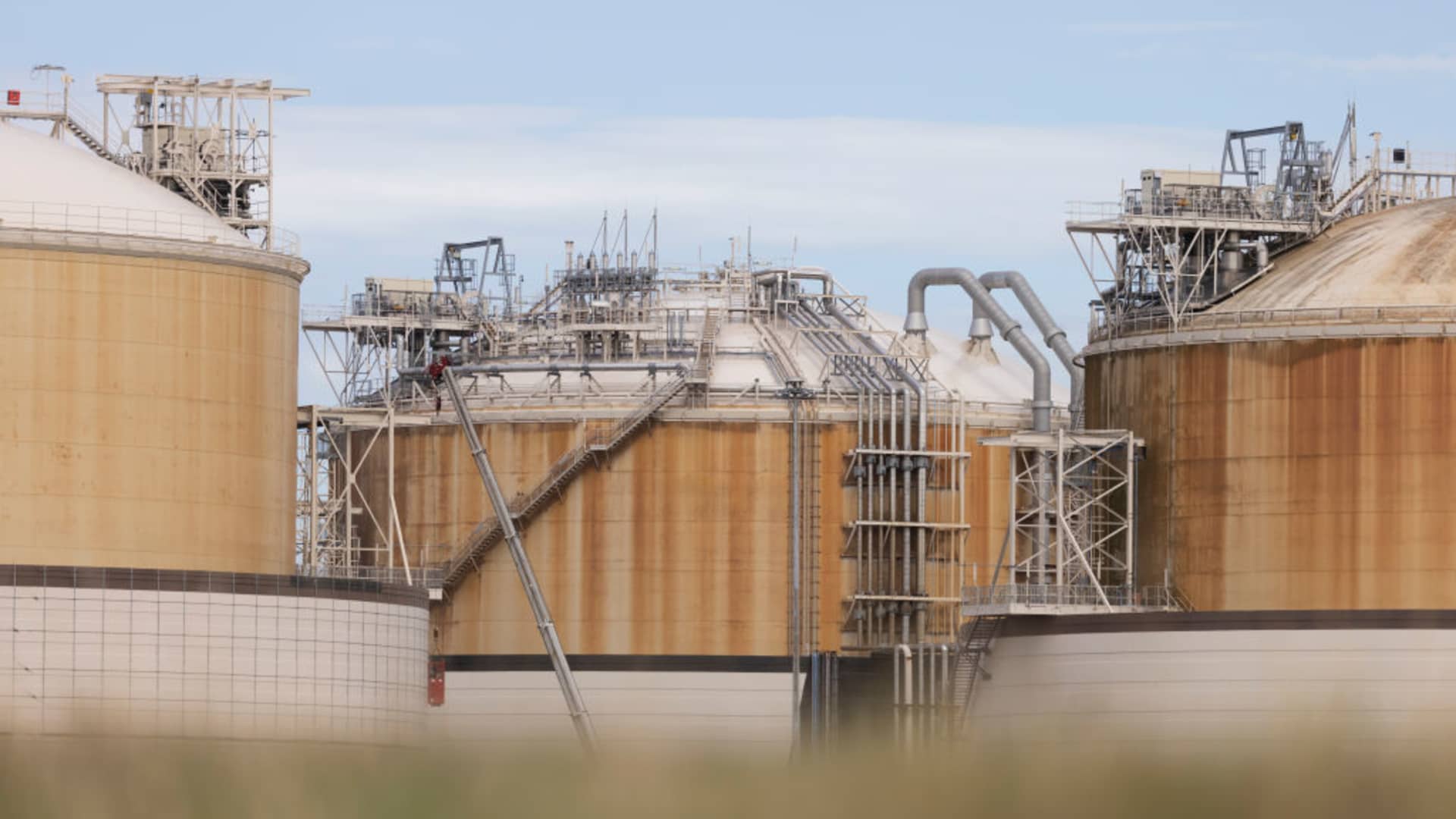Technology from Tesla will be used at a new U.K. facility that’s being described as “Europe’s most powerful EV charging hub.”
The announcement comes as authorities attempt to ramp up infrastructure to meet an expected increase in electric vehicle ownership over the coming years.
The Oxford Superhub, which will be based at a park-and-ride site to the south of the English city, is slated to open later this year, offering electric vehicle users “fast and ultra-rapid chargers.”
Other parties involved in the project include Oxford City Council, charging firms Fastned and Wenea, and Pivot Power, which is part of part of EDF Renewables.
In a statement Friday, Oxford City Council said the development would use 10 chargers from Fastned and 16 from Gamma Energy. In addition, the station — which will be powered by renewable energy — will offer 12 of Tesla’s Superchargers.
The U.K. government plans to stop the sale of new diesel and gasoline vehicles from 2030. From the year 2035, all new cars and vans will need to have zero tailpipe emissions.
These targets will require a significant ramp up of electric vehicle charging infrastructure in order to meet increased demand and dispel fears about “range anxiety,” a term which refers to the idea that electric vehicles aren’t able to undertake long journeys without losing power and getting stranded.
In an interview with CNBC’s “Squawk Box Europe” on Friday, Ford of Britain and Ireland’s managing director, Lisa Brankin, touched upon the need for more infrastructure.
“I think there’s a lot of concern out there amongst consumers over what infrastructure is in place,” she said.
Brankin went on to reference a recent estimate from the Society of Motor Manufacturers and Traders that roughly 2.3 million public chargepoints would be required by 2030 in order to “provide adequate coverage and tackle range anxiety.”
If this target were to be met, over 700 new charging points would need to be installed per day until 2030, the industry body added.
Drawing on figures from Zap-Map — which provides information on the location of public charging points — for the 30 days to March 22, the SMMT said around 42 were being installed daily.
“We need a really comprehensive plan across multiple stakeholders to help us get to that charging infrastructure,” Ford’s Brankin said.
“The other bit of support that I think we really need is support from the government around purchase incentives for customers,” she added.
“Electric vehicles are a little bit more expensive than conventional engine vehicles, and to help all of the population make the switch I think we need some support around incentivization.”
As the U.K. shifts toward battery electric vehicles, discussions and debate surrounding how best to manage this major transition will continue.
Just this week, the U.K. Parliament’s Public Accounts Committee published a report which said consumers were “not all yet convinced that zero-emission cars are a suitable alternative to petrol and diesel models.”
Among other things, the report cited concerns about affordability, the length electric vehicles can travel using a single charge, as well as the “availability and accessibility of charge points when and where required.”
The PAC added: “We are not convinced that government has sufficiently thought through how the charging infrastructure will expand at the pace required to meet the ambitious timetable to phase out petrol and diesel vehicles.”
In response to the PAC’s report, a government spokesperson said it had “a highly ambitious and world-leading approach to increasing the uptake of zero emission cars, and the progress we’re making in this area will help us to meet our targets.”
“Already, we’re investing £2.8 billion in helping industry and drivers make the switch,” they added, “and will continue our work to install thousands of chargepoints and boost the development of new technologies to meet our goals.”



